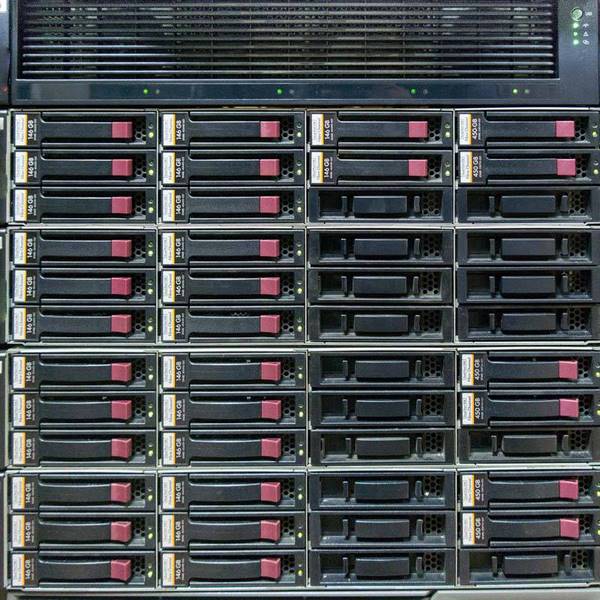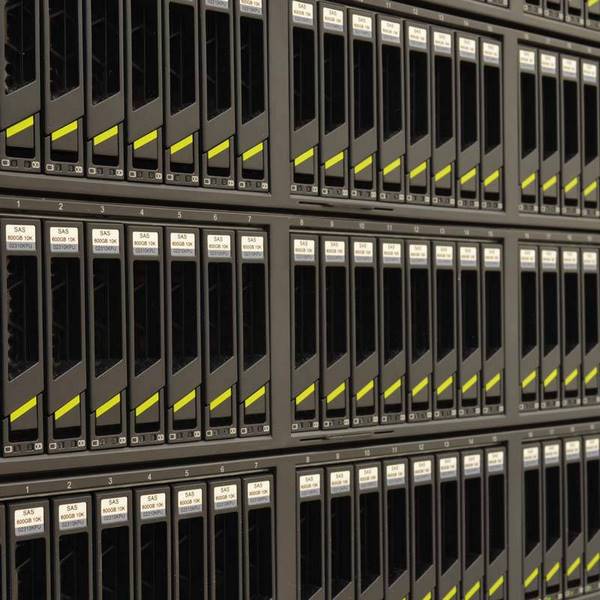RAID 1: mirror RAID
RAID 1, as known as mirror RAID or simply mirroring, is a secure RAID system. As long as one of the HDDs is functional, this RAID system will work.
Function of RAID 1
The operation of RAID 1 is based on the principle of data redundancy. When configuring a RAID 1, you need at least two hard drives. This configuration mode ensures an exact copy of the data on each hard drive in the RAID. This means that each bit, each file, and each data element are replicated and stored simultaneously on all the hard drives.
RAID 1 offers great security and data reliability. In the event of a hard drive failure, the data remains accessible and fully available on the remaining hard drive. This data redundancy provides protection against data loss due to hardware failures. When a hard drive fails, RAID 1 automatically switches to the functional hard drive, allowing uninterrupted access to the data.
However, it is important to note that RAID 1 does not offer significant performance improvements in terms of data access or write speed compared to a single hard drive. Since all data is written simultaneously on each hard drive in the RAID 1, the write time is doubled compared to a single hard drive. Similarly, data access is not faster than a traditional hard drive.
The main advantage of RAID 1 lies in its resilience and ability to protect data against hardware failures. It is an ideal solution for users and businesses that prioritize data security and continuous availability. In the event of a hard drive failure, rebuilding the RAID 1 by replacing the faulty drive is relatively simple and quick, minimizing downtime.
In summary, RAID 1 ensures complete data redundancy by replicating it on all hard drives in the RAID. This guarantees high data security but does not provide significant gains in terms of access speed or write speed. RAID 1 is particularly suitable for environments where data protection is crucial, such as file servers, databases, and systems requiring high availability.
RAID 1 failures
The only thing with this RAID system is that you'll be able to use the whole volume of a single HDD. As each other HDD is a clone of the first one, you'll be able to use only one of them to store your data.
The common RAID 1 failures are :






